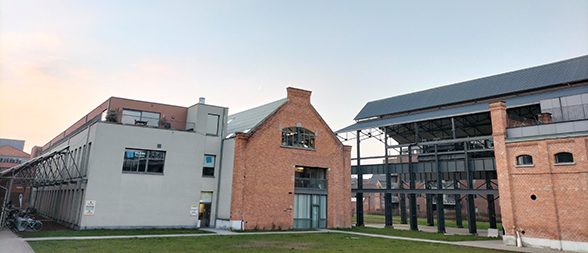The product and organisation environmental footprints (PEF and OEF) are used to determine a whole range of environmental impacts, hot spots, improvement potentials, data quality and uncertainty in a standardized manner. They are executed following strict PEF and OEF guidelines published by the European Commission. The method was developed in order to harmonize environmental assessments of products, allowing easier comparison of results.
The following impact categories are taken into account:
- Climate change (kg CO2 eq.)
- Ozone depletion (kg CFC-11 eq.)
- Human toxicity – cancer effects (CTUh)
- Human toxicity – non-cancer effects (CTUh)
- Particulate matter (kg PM2.5 eq.)
- Ionizing radiation human health (kBq 235U eq.)
- Ionizing radiation ecosystems (interim) (CTUe)
- Photochemical ozone formation (kg NMVOC eq.)
- Acidification (molc H+ eq.)
- Terrestrial eutrophication (molc N eq.)
- Freshwater eutrophication (kg P eq.)
- Marine eutrophication (kg N eq.)
- Freshwater ecotoxicity (CTUe)
- Land use (kg C deficit)
- Water resource depletion (m3 water eq.)
- Mineral, fossil & renewable resource depletion (kg Sb eq.)
All PEF/OEF studies are reviewed by at least one external expert.
